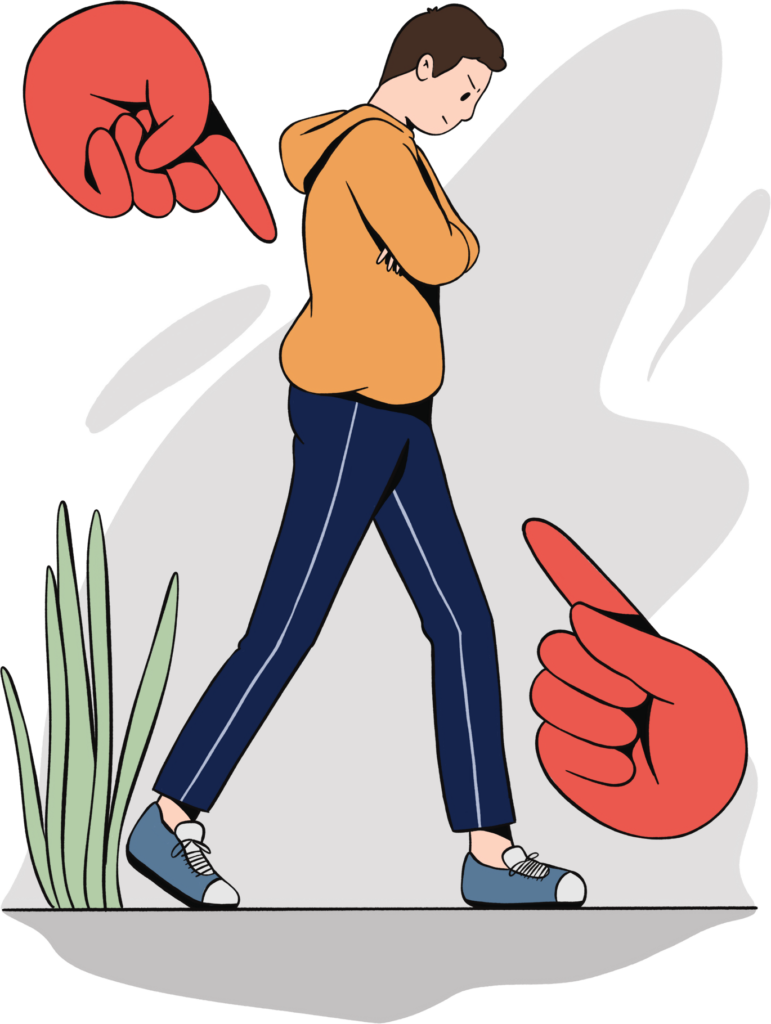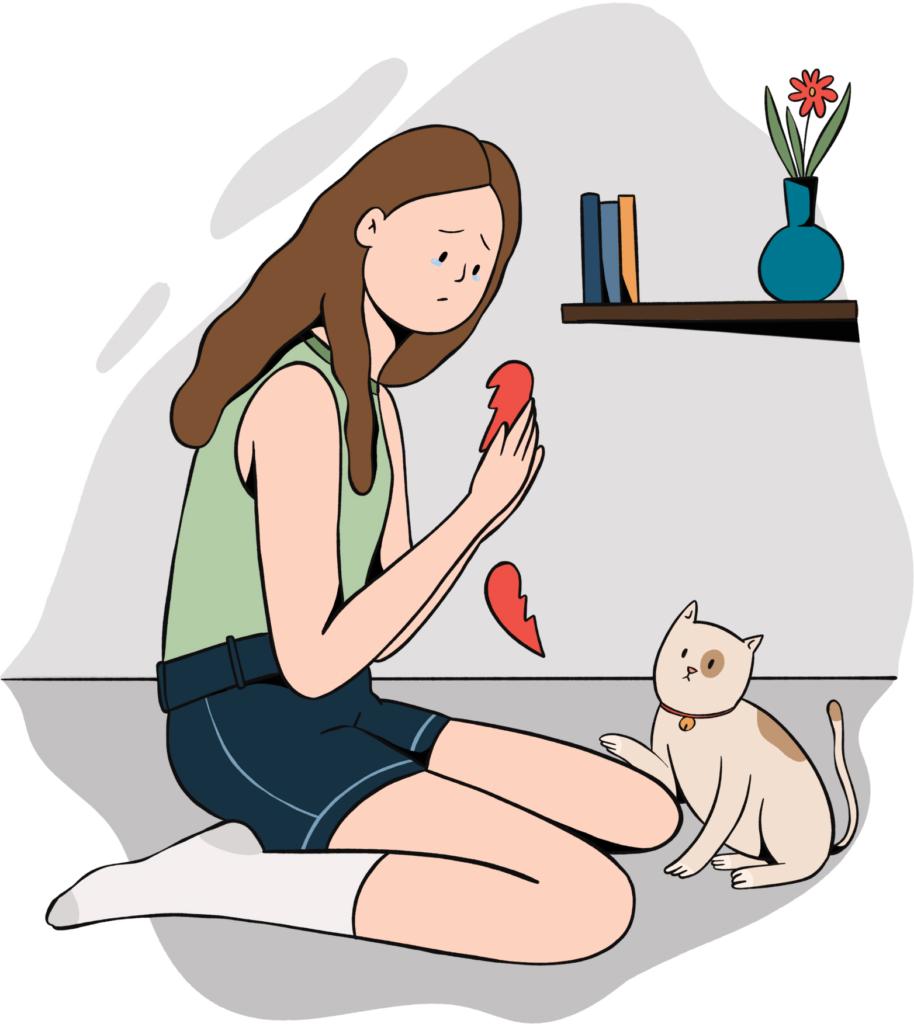All LCDHD Locations
After Hours Public Health Emergency Hotline
Employee Portal
Main Menu
A healthy today for a brighter tomorrow.
Home » Services » Community Programs » Preteen & Teen Health » Just 4 Teens
The teenage years are tough. Between 13 and 19 years of age teenagers face real concerns on a daily basis. During this time, teens are exposed to some overwhelming external and internal struggles. They go through, and are expected to cope with hormonal changes, puberty, social and parental forces, work and school pressures, and so on. Many teens feel misunderstood. The topics below are 10 of the most frequent concerns teens state they deal with. Under each topic are links for more information.
Anxiety: It’s okay to get worried about the big basketball game tomorrow night, math tests, and important decisions. But when the constant worrying starts to affect everyday life, it may be time to talk to someone about it. Anxiety in children can manifest as fear, worry, irritability, and anger. Physical symptoms such as fatigue, headaches, and stomachaches can also be present. Additionally, trouble sleeping is a common symptom. It’s important to note that some children may keep their worries to themselves, leading to symptoms being missed.
Stress: Stress is a response to pressure or threat. Under stress we may feel tense, nervous, threatened, afraid or on edge. The stress response is physical, too. Stress triggers a surge of adrenaline that temporarily affects the nervous system. See also:
Depression: Depression is a medical illness that can interfere with your ability to handle your daily activities, such as sleeping, eating, or managing your school work. Depression is common yet can be serious. Treatment may be needed for someone to feel better. Depression can happen at any age, but often symptoms begin in the teen years.
Learn more about: Teen Depression

We take precautions everyday like wearing our seat belts, so why wouldn’t we do the same when it comes to protecting ourselves on the internet? The internet can be a great place to help us find information for projects, but if we aren’t careful… it can be a scary place. Learning about online safety is a great way to keep you and your information safe while on the internet
Internet Safety:
It’s hard to imagine life without our trusty gadgets. They’re our lifeline to the world, connecting us to loved ones and providing endless entertainment. But let’s be real, the internet can be a black hole of procrastination and trouble. So while our devices are certainly useful, it’s important to use them wisely and not let them consume our lives.
Learn more about: Internet Safety
Sexting: Sending explicit pictures, texts, or videos through smartphones or the internet are not always private. Sexting is dangerous and illegal, even if they are sent as a joke. Never post or send anything that you wouldn’t want everyone else to see.
See also: Sexting Infographic
Bullying: Bullying can result in physical injury, social and emotional distress, self-harm, and even death. It also increases the risk for depression, anxiety, sleep difficulties, lower academic achievement, and dropping out of school.
Learn more about how to: Stop Bullying
Cyber-bullying: Online threats and mean, aggressive, or rude texts, tweets, posts, or messages all count. As well as posting personal information, pictures, or videos designed to hurt or embarrass someone else.
Learn more about: Cyber-bullying

A healthy relationship allows both partners to feel supported and connected but still feel independent. COMMUNICATION and BOUNDARIES are the two major components of a healthy relationship. Treat each other with respect.
Learn more about: Am I In a Healthy Relationship
Teen Dating Violence:
Teen dating violence (TDV) is a type of intimate partner violence. It occurs between two people in a close relationship. TDV includes four types of behavior; physical, sexual, and emotional abuse as well as stalking.
Learn more about: Teen Dating Violence
Good communication is not only about expressing yourself but also actively listening and working to understand what the other person is saying. Learning and practicing healthy communication skills will prepare you for the times when communication with someone is most important.
Talking with your Parent: Some teens may think that their parents aren’t interested in what is going on in their lives or won’t understand. Talking to your parent(s) can be just as beneficial for the parents as it is for the teen. It’s essential to communicate often so when it comes to important decisions, there is a deeper level of understanding.
Learn more about: How to Talk with your Parent
Trusted Adult: Growing up can be exciting, but challenging. Having an adult that you can trust and talk to about what you’re thinking or feeling can be really helpful.
Practicing abstinence involves choosing not to do any sexual activity that carries a risk for pregnancy, STD, or HIV. Abstinence is the only 100% way to prevent both pregnancy and STD’s. Even if you had sex before you can still choose to be abstinent.
Learn more about:
Abstinence Information for Teens
Learn more about: Abstinence Information
Learn more about: Teen Pregnancy
Sexually Transmitted Diseases are infections spread from person to person during sex (vaginal, oral, or anal) or close intimate contact. It’s important to learn about STDs so you can protect yourself.
Learn more about: Sexually Transmitted Diseases
Birth Control is the practice of preventing unwanted pregnancies, especially by use of contraception. Your local health department can answer questions you might have about choices.
Learn how to find: Your Local Health Department
Learn more about: Birth Control Options for Teens
People don’t start doing drugs with the intentions of becoming an abuser. But when you continue drug usage, it messes with the brain and can cause people to become addicted or dependent. If you or someone you know are addicted to drugs, it is best to seek treatment.
Learn more about: Teens: Drug Use and the Brain
There are things we all wish we could change about our bodies, but that doesn’t mean we shouldn’t like the way we look. It is always important to accept your body, like your body, and take care of your body. You don’t have to have a perfect body to have a positive body image.